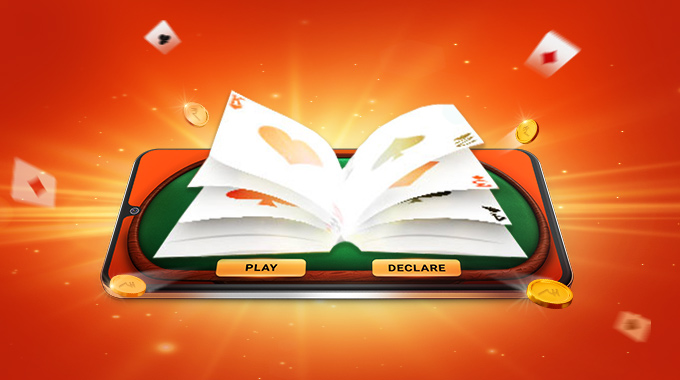
In Rummy, you do not just play cards; it is a platform for intelligent warfare where each card played or move made unveils some little secret. Imagine being able to use some advanced mathematical tool that would help you increase the probability of winning. This is where Bayesian inference comes in handy – by turning unknowns into plans, it enables one to make educated guesses about card distributions. So now let’s see how it works.
A Game Of Incomplete Information
Imagine that you are in the middle of a very competitive rummy cash game. You have 7 of spades, 9 of spades and Q of hearts and seem to be getting close to forming a sequence or set. At this point your opponent throws out a 6 of spade which is picked by another player, what about the rest of the cards left? As you play Rummy, you try to solve a never-ending mystery. The incredible thing about Bayesian reasoning is how it allows one to adjust their views on such matters when they receive new information.
Primarily, Bayesian inference involves adjusting probabilities using new information. When playing Rummy, the “prior” is symbolism for what you first thought about the position of every card, e.g., any particular 1/52 probability that a given card such as 8 of spades is present in the pack in the beginning. The course of the game reveals additional information that you can use to modify your prior probabilities.
How To Use It In A Rummy Game?
-
Step 1: Setting the Stage with Prior Probabilities
-
Step 2: Updating with Evidence
-
Step 3: Mastering the Mind Game
Picture yourself playing Rummy with a full deck having two opponents. You have received your 13 cards at the beginning, meaning that there are 39 cards left to be shared between the pile and hands of your enemies. What are the odds that you missed out on the 8 of spades and it is still in the stack; 39 out of 52 or approximately (75)% when we assume that there are no jokers for now. And what about in an opponent’s hand; just a small 13/25 (25%) probability each? These numbers represent what you thought before you saw any evidence- it gives you somewhere to start.
For instance, assume the pile grows. Opponents discard the 5 and 10 of spades. All of a sudden, the probability of 8 of spades changes. There are only eleven out of thirteen spades when two have been taken out of play. The deck will contain 29 cards if a total of 10 cards are discarded. By use of Bayesian logic, there is now an 11/29 probability that the 8 of spades is in the deck i. e about 38%.
Apart from figures, Bayesian inference touches on psychological aspects too. When your opponent takes time to discard, he could have failed to make a meld. On the other hand, if he keeps off taking cards from the top of the pile on every occasion, then it follows that he is drawing for some particular card. Every move changes our thinking and helps us predict better.
Conclusion
The high-speed setting in Rummy requires one to think quickly and with Bayesian inference, you have a systematic means of making sense out of disorder. Therefore when playing on RummyCircle next, focus on Bayesian. Keep an eye on what has been thrown away, interpret moves made by other players then see how cards turn out to be.




